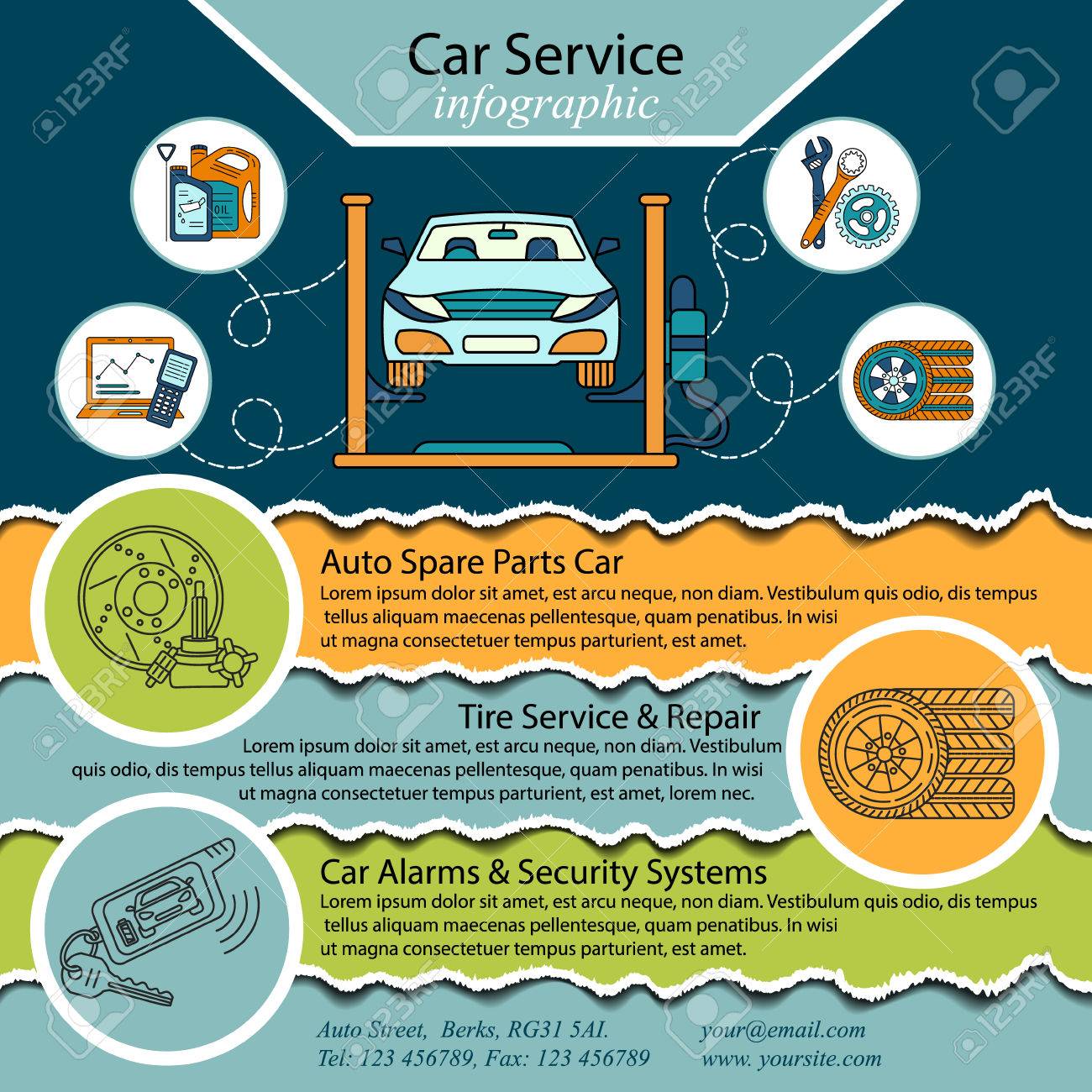Wondering Concerning The Meaning Behind Those Dashboard Warning Lights? Gain Understandings Into Their Ramifications For Your Automobile'S Safety And Security And Maintenance
Wondering Concerning The Meaning Behind Those Dashboard Warning Lights? Gain Understandings Into Their Ramifications For Your Automobile'S Safety And Security And Maintenance
Blog Article
Content Author-Samuelsen Alvarado
When you lag the wheel, those glowing caution lights on your dashboard can be a bit puzzling. Do you understand what they're trying to tell you about your vehicle's wellness? Understanding the relevance of these lights is crucial for your safety and security and the long life of your car. So, the next time among those lights pops up, wouldn't you wish to analyze its message precisely and take the essential steps to resolve it?
Common Warning Lighting and Interpretations
Recognize typical caution lights in your car and understand their significances to make certain safe driving.
The most normal warning lights consist of the check engine light, which signifies problems with the engine or discharges system. If https://connerjeysm.bloggip.com/32149719/mobile-vehicle-detailing-ease-satisfies-top-quality-for-your-vehicle comes on, it's critical to have your car checked promptly.
The oil pressure advising light indicates low oil pressure, needing prompt focus to avoid engine damage.
A blinking battery light may suggest a faulty billing system, potentially leaving you stranded if not resolved.
https://oil-change-cost17394.theideasblog.com/32569783/eco-friendly-cars-and-truck-outlining-products-you-ought-to-attempt monitoring system (TPMS) light notifies you to reduced tire pressure, influencing automobile security and gas effectiveness. Disregarding this might cause harmful driving problems.
The ABS light shows a trouble with the anti-lock braking system, endangering your ability to stop rapidly in emergencies.
Last but not least, the coolant temperature alerting light warns of engine getting too hot, which can lead to serious damage if not fixed swiftly.
Recognizing these common caution lights will certainly help you resolve concerns quickly and maintain secure driving problems.
Significance of Prompt Focus
Understanding the usual warning lights in your auto is just the initial step; the value of promptly dealing with these cautions can't be highlighted enough to ensure your security when traveling.
When a warning light brightens on your control panel, it's your auto's method of connecting a prospective issue that needs attention. Ignoring these warnings can bring about more extreme problems in the future, endangering your security and potentially costing you extra out of commission.
Prompt attention to alerting lights can prevent break downs and mishaps. For example, a blinking check engine light could suggest a misfire that, if left unattended, might create damages to the catalytic converter. Resolving this immediately can save you from an expensive repair.
Similarly, a brake system advising light may signal low brake fluid or worn brake pads, crucial elements for your security when driving.
DIY Troubleshooting Tips
If you see a warning light on your dashboard, there are a few DIY fixing suggestions you can attempt prior to looking for professional help.
The first step is to consult your cars and truck's guidebook to understand what the particular caution light shows. In some cases the problem can be as easy as a loose gas cap setting off the check engine light. Tightening marine wash might deal with the trouble.
One more typical concern is a reduced battery, which can set off different advising lights. Checking the battery connections for corrosion and ensuring they're secure may deal with the problem.
If a warning light lingers, you can try resetting it by separating the car's battery for a few mins and afterwards reconnecting it. Additionally, checking your vehicle's liquid levels, such as oil, coolant, and brake liquid, can help fix alerting lights related to these systems.
Verdict
To conclude, understanding your cars and truck's caution lights is crucial for maintaining your vehicle running smoothly and securely. By immediately attending to these notifies and knowing what they mean, you can prevent costly fixings and possible failures.
Keep in https://www.statesman.com/story/news/2022/04/21/jimmy-tschoerner-pleads-guilty-murder-georgetown-auto-repair-shop-owner/7403190001/ to consult your automobile's handbook for particular details on each alerting light and act accordingly to guarantee a hassle-free driving experience.
Stay informed, stay secure when driving!
